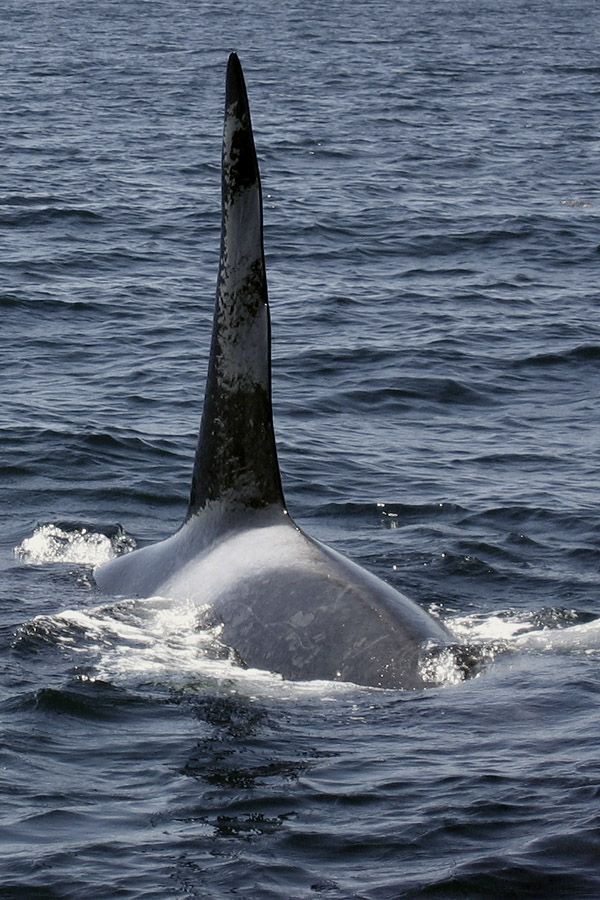
Our Ear – A Stereo-Seismograph
For a long time your scientists thought we were deaf. Even though anatomists found hints of a complicated inner ear and highly specialised auditory nerves, these prejudices remained. The rule seemed to be: under water there is nothing to say, so there isn’t anything to hear, either. It was said that our ears were just rudimentary left-overs from some hypothetical evolutionary ancestry. Fortunately, in the last few years, your researchers have carried out a lot of experiments, and have completely changed their minds, (...) But let me get on with it, and tell you about how our ears are constructed.
Even the best transmitting facilities for both sonar signals and our tuneful songs – the Humpback whale will tell you about these melodious concerts in a moment – won’t produce a masterpiece of communication or pinpoint targeting, if the reception facilities aren’t just as good. Our ear forms this receiver and it exhibits special details that no other mammal boasts of. Many land animals have gigantic spoon or funnel shaped ears, so that they can receive sounds from various directions. But such protruding external ear muscles are a problem in the water as they would ruin our perfectly streamlined form. Any one of your divers can tell you that directional hearing under water is exceptionally difficult. For example, a diver can barely tell from which direction a motorboat is approaching. On land, your brain computes the direction of a sound by comparing the minute differences between the time a sound is received by nerves in one of your ears, and the other. But this doesn’t work in the water, because the sound penetrates your skull pretty much unhindered. Since your ears are attached to your skull, the vibrations arrive at the ear at virtually the same time, and the differences between the time of reception for different directions is hardly discernable.
But the Creator gave us an ingenious system which has no equal in the animal kingdom. It provides us with excellent stereo reception, even under water. We have a “hightech” hi-fi system which is free of interference for directional hearing. One noticeable thing about our ear is that it is separated from the bony structure of the skull. The ear ’s bones are only fastened to the skull by membranes, so they are free to move independently, and sound waves received by the bony structure of the skull are not passed on to the ear. The entire system is reminiscent of a sensitive seismograph, the instrument your geologists use to measure earthquakes. The minute bones of the inner ear: hammer, anvil, and stirrup, have a completely different form with us. Toothed whales use very high frequencies for echo-locating. An eardrum wouldn’t work effectively at such high frequencies. That’s why some whales have no eardrum at all, and with the others their eardrum is completely different from that of the human ear. Baleen whales don’t need echo-location gear at all, so they communicate in very low frequency ranges (50 Hz or less). Such low frequencies have the advantage that they transmit for long distances in water. So two whales can communicate clearly over distances of up to 100 km. That would be the same as two people trying to hold a conversation between Washington and Baltimore (or London and Oxford), without using a telephone. (...)
* quotes from the book "If Animals Could Talk"








